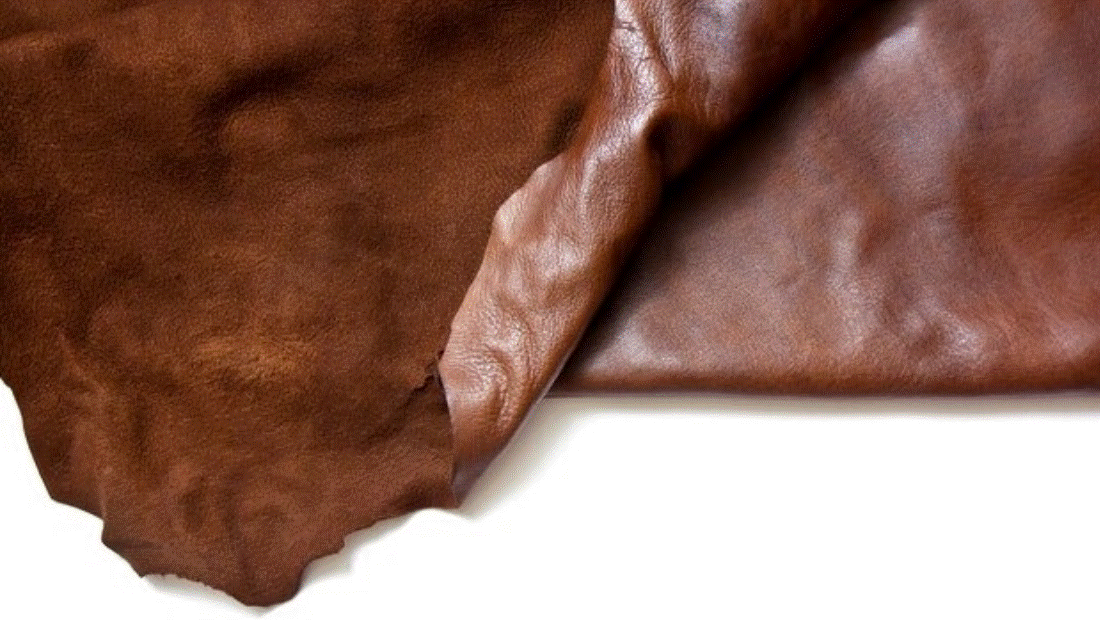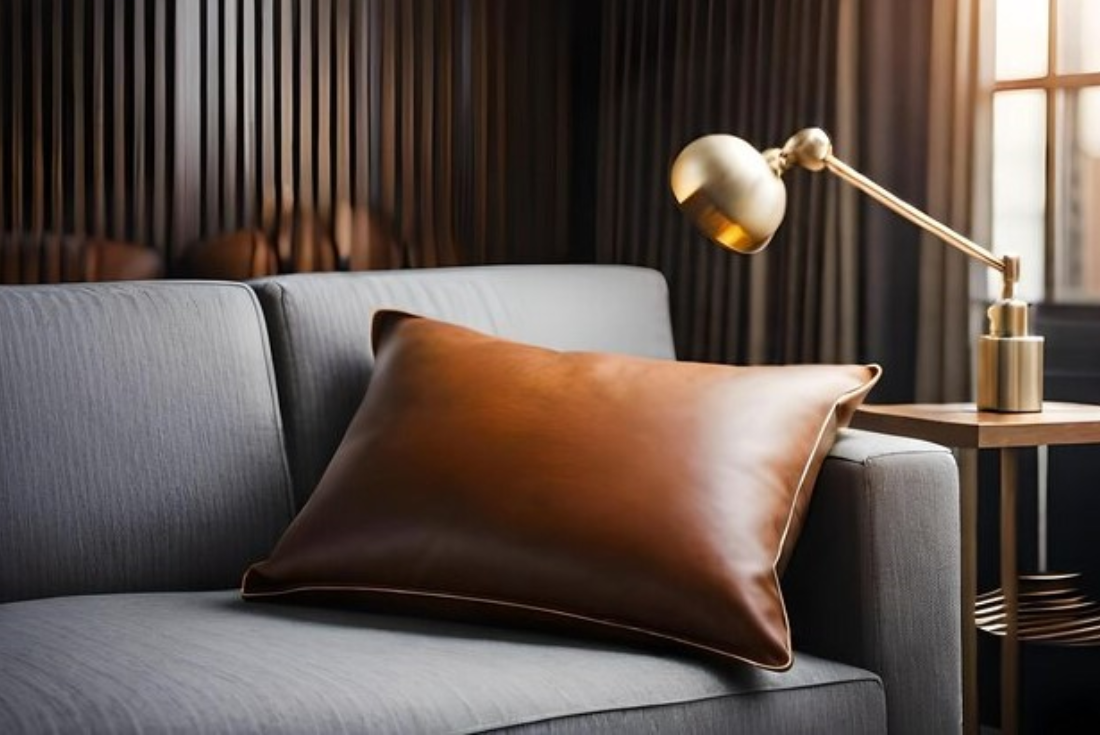
Leather for uphosltery... Genuine or Faux…
Choosing between genuine leather and faux leather for furniture upholstery involves considering several important factors, including durability, cost, maintenance, aesthetics, and environmental impact. Understanding the differences between these materials can help you make an informed decision based on your preferences and needs.
However, genuine leather comes with some drawbacks. It is generally more expensive than faux leather, making the initial investment quite significant. Leather also requires regular care and conditioning to maintain its appearance and prevent it from drying out or cracking. Furthermore, some people have ethical concerns regarding the use of animal products, which may influence their decision. Another limitation is the colour options available; genuine leather comes in fewer colours and finishes compared to faux leather, which may limit design flexibility.
Faux leather, on the other hand, is typically more affordable than genuine leather, making it a budget-friendly option. It is easier to clean and maintain since most spills can be wiped off with a damp cloth, and it does not require conditioning. Faux leather can mimic the look of genuine leather closely and is available in a wide range of colors and finishes, providing more design options. Additionally, faux leather is a synthetic material, so it does not involve the use of animal products. Some brands even use more eco-friendly production processes.
Despite these advantages, faux leather has its downsides. It is generally less durable than genuine leather and may show signs of wear and tear more quickly. Over time, faux leather can crack and peel. It is also less breathable, which can affect comfort, especially in extreme temperatures. Faux leather can feel sticky in hot weather and cold in winter. While high-quality faux leather can look similar to genuine leather, it does not develop the same patina and character over time. Moreover, some faux leathers are made from non-biodegradable materials and involve environmentally harmful production processes.
When deciding between genuine leather and faux leather, several factors should be considered. Your budget is a primary concern; faux leather might be the better choice if cost is a significant factor. However, if you are looking for a long-term investment and can afford the higher cost, genuine leather might be more suitable. The intended usage of the furniture is also important; for high-traffic areas or pieces that will see heavy use, genuine leather might be more durable. Faux leather can work well for decorative pieces or areas with less use.

Maintenance is another consideration; genuine leather requires more care than faux leather, so think about how much time and effort you are willing to put into maintaining your furniture.
Aesthetic preference plays a crucial role as well. Genuine leather offers a unique, evolving appearance, while faux leather provides a consistent look and more color options. Ethical considerations are important for some people; if avoiding animal products is a priority, faux leather is the clear choice. Finally, consider the environmental implications of your choice. While both materials have their pros and cons, some faux leathers are now made with more eco-friendly processes.
Ultimately, the choice between genuine leather and faux leather depends on your personal preferences, budget, lifestyle, and values. Both materials have their advantages and disadvantages, so weigh these factors carefully to determine which option best suits your needs.
